Benefits of hardware synthesizers
Of course, the hardware synth has to come with some advantages; otherwise, it wouldn’t be worth the purchase. One significant advantage is the interface. If you compare the interface of a hardware synthesizer with that of a software option, you can see that the former is easier to operate due to dedicated controls. Also, they are quite reliable and will often last for many years before succumbing to age. Another pro is the fact that hardware synths are more reliable since they don’t crash as much as their software counterparts. If you are playing to an audience, it will do you a lot of good not to have to worry about device failure. These are a few of the benefits to expect with the purchase of your first hardware synth with more to reveal themselves as you get used to the device.

Features to consider when choosing a hardware synth
One area to pay a lot of intention is the list of features for each device. With enough information, you will even be able to tell if the tool is worth the price quoted. Of course, we want to assist you with this as well hence the breakdown of features listed below.
Synth engine
The two main types of engines are the analog and digital options.
The latter likely has a computer processor that allows it to perform digital signal processing where sequences of numbers are converted to sound variables. The analog version, however, uses sound-generating circuitry to achieve sound production.
Keyboard
If you know various keyboard types, then you will know that some are superior to others. The superiority can be apparent, for example, in the case of the number of keys available. Often people prefer keyboards with more keys since they are easier to play. Another difference may arise where keyboards are concerned with the type of keys included. Semi-weighted and weighted are two standard classifications, with the latter being the most preferred. However, the semi-weighted keys, as displayed by the Dave Smith Instruments OB-6 Analog Synthesizer, are not bad either and offer a bevy of benefits as well. Other extra features shown by keyboards include being sensitive to aftertouch and finger velocity.
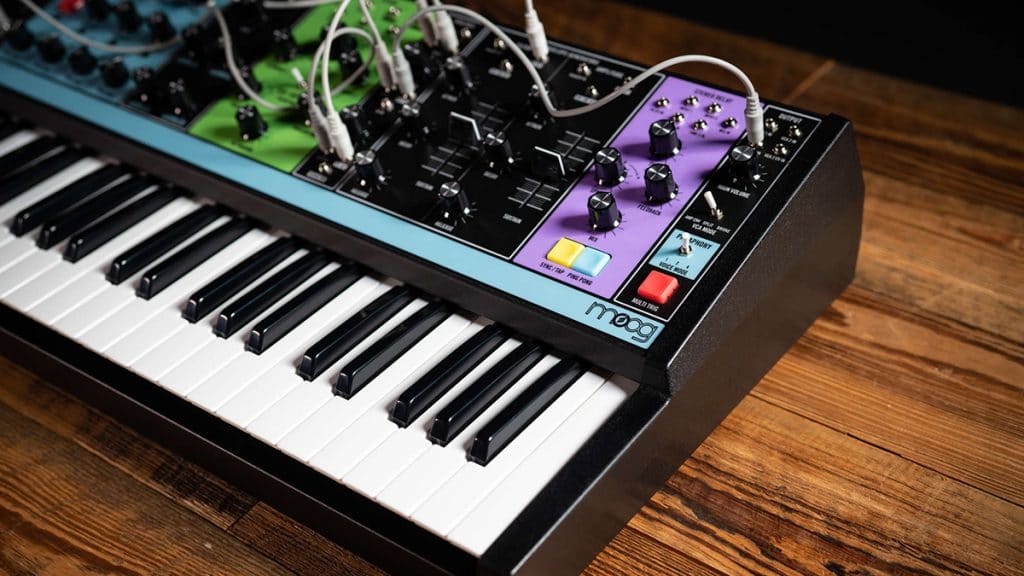
Polyphony
Most devices are different in the number of voices they can produce. There are a few synths that can only create one voice at a time despite having other voices on standby. These are often known as monophonic synths. You as well have the polyphonic synths that can handle outputting multiple voices at the same time. As to the number of voices, it depends on the device, as seen in the Novation Peak 8-Voice Desktop Polyphonic Synthesizer with an 8-voice polyphony vs. the Novation MiniNova Analog Modeling Synthesizer with 18 voices.
Sequencer
You will as well need to create and store musical sequences for use at a later date or with other musical devices. The more advanced the sequencer, the better. You can gauge this by the number of steps the sequencer will allow you to create and record. A 64-step sequencer, as shown by the Arturia MatrixBrute Monophonic Synthesizer, is one of the more advanced ones in the market. There are, of course, other devices like the Novation Peak 8-Voice Desktop Polyphonic Synthesizer with no sequencers at all.
Oscillator and built-in speakers
The oscillators are the components of the hardware synth that are responsible for generating electrical currents, which in turn create the voices in the synth.
The number of oscillators per voice will often fluctuate from device to device. An example of such is displayed in
the Dave Smith Instruments OB-6 Analog Synthesizer with two oscillators per voice vs.
the Korg Prologue 61-Key Analog Synthesizer with three of them per voice. They also need to be high quality so that the output may be impressive.
An extra feature that is not found in a lot of the modern hardware synths is a built-in speaker. There are, however, going to be some exceptions available, and it would make playback much easier. As such, if you have the option of a built-in speaker with your purchase, you should go for it.
Effects
Most of the machines above come with various effects that can be used to tweak sounds and voices outputted by the device. Some effects like chorus, delay, reverb, and more overlap from device to device. However, every so often, you may find a machine with a unique effect, such as the overdrive in the Elektron Digitone 8-Voice Digital Synth. If you are at a store, you can test out some of these effects to see if they fit your fancy or not. You can as well choose the device with the most effects since you will have more variety.
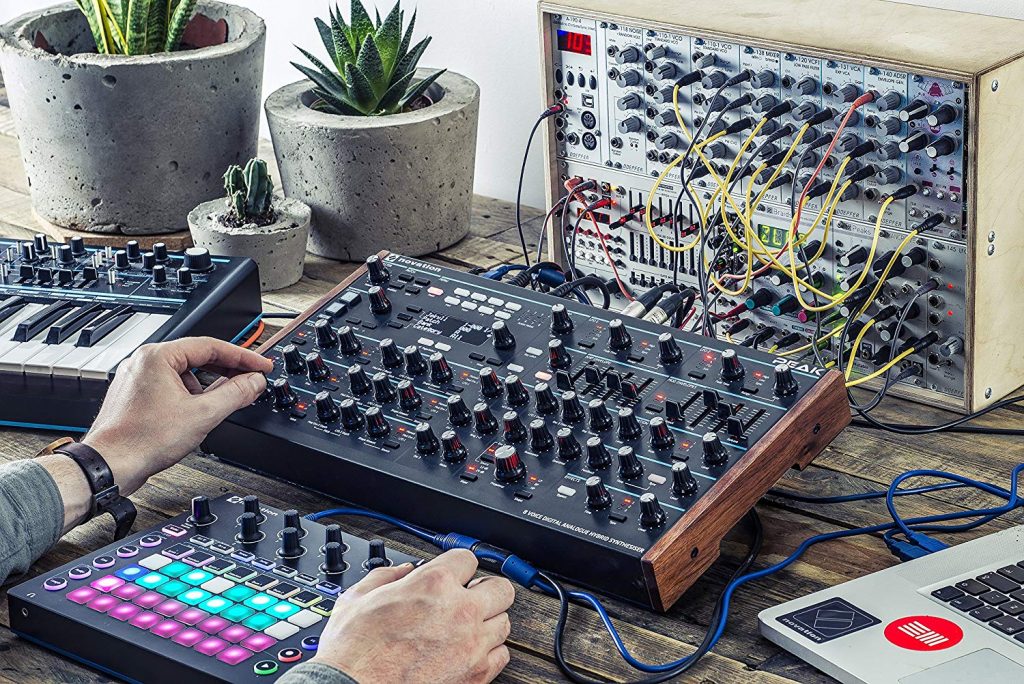
Filters
Filters are another way in which you can tweak the sound output for your hardware synth. As such, the more filters that the device has, the better.
MIDI input/output
Most professionals in the music business will as well tell you that a musical instrument digital interface is one of the key devices that you can own. It will allow you to connect different types of hardware, including the synth and other musical instruments. This will enable you to have uniform output from all your equipment. As such most hardware synths will come with a MIDI input and output connection port. Some will even allow for a MIDI through connection with an example of the Elektron Digitone 8-voice Digital Synth. Devices like this will be able to receive a MIDI and send it out precisely as it is received.
Connectivity
In addition to the MIDI in, out, and through ports, the device may also have more ports that allow for a bevy of other tools to be attached. This is inclusive of computers via USB ports, microphones, pedals, and more.
Size and weight
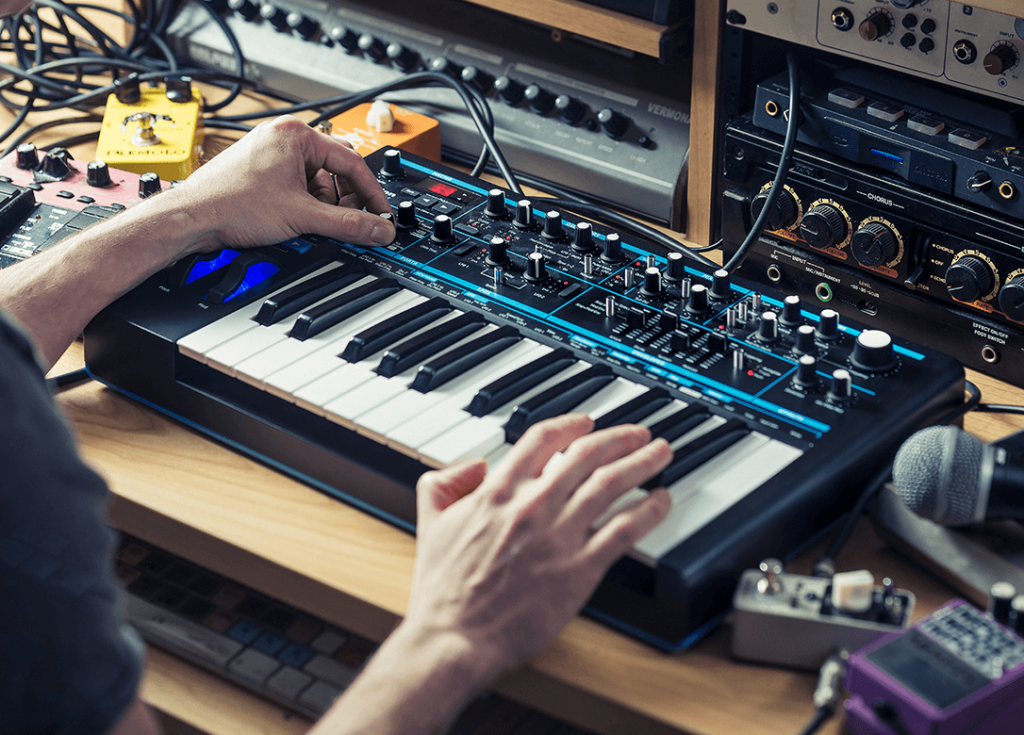
Some machines like the Elektron Digitone 8-voice Digital Synth come in rather compact packages, which is a preference for most buyers. The small form allows the tool to fit in bags easily as well as make it lightweight enough to carry around. However, some design sacrifices need to be made to achieve this small size. Regarding the Elektron Digitone 8-voice Digital Synth, the manufacturer opted to do away with the keyboard altogether. Some users don’t mind this since they can attach other tools to fill in for the keyboard. Others would rather have keyboards on their devices and thus will not purchase such a tool.
Pricing
Budgetary limitations are also often a determining factor in the tool that a person ends up purchasing. You find tools like the Novation MiniNova Analog Modeling Synthesizer that will cost you less than $500, then you have other options on the list that need more than $2000 to purchase. With bigger pockets, you have more options to choose from. Also, the more expensive options will likely come with a few extra features in comparison to their counterparts.






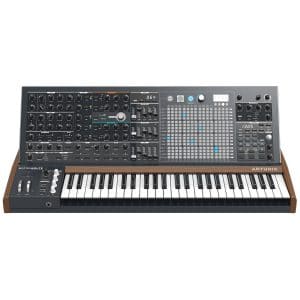

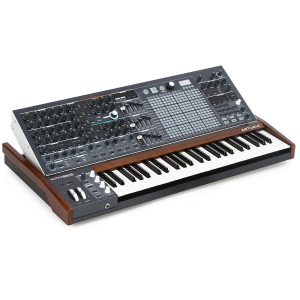
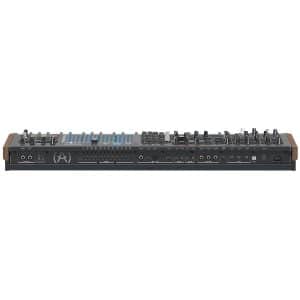
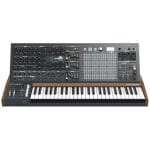
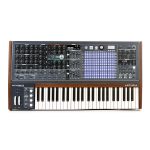
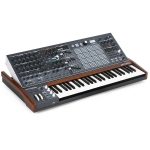

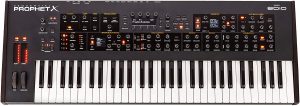

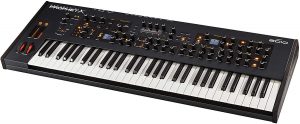
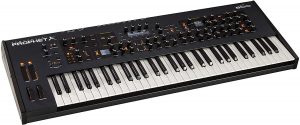


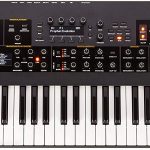
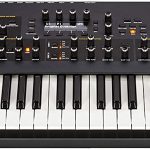
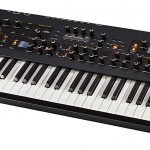

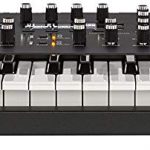
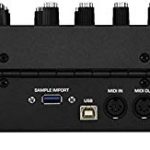
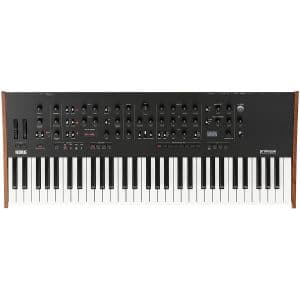
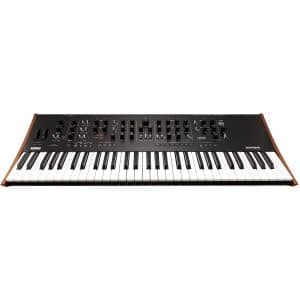
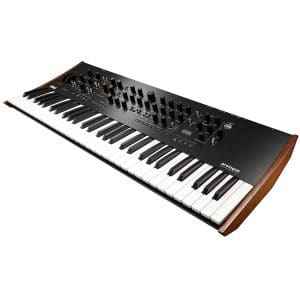
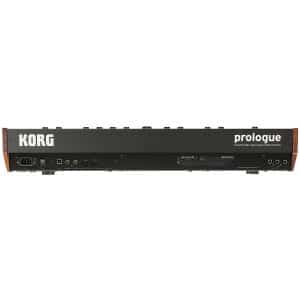

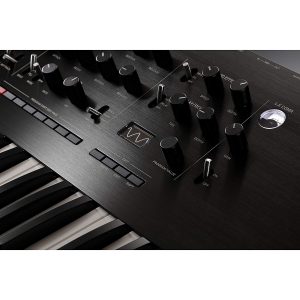
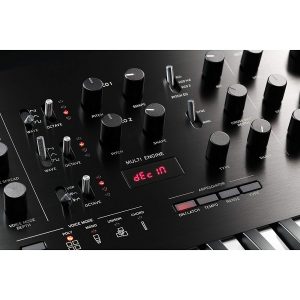
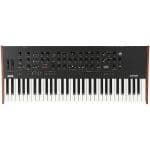
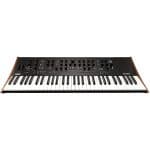
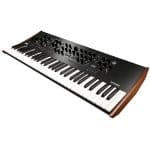


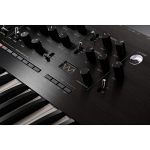

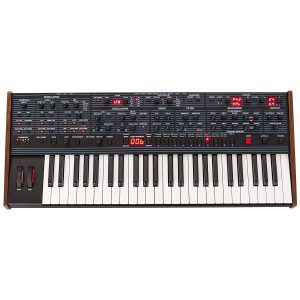
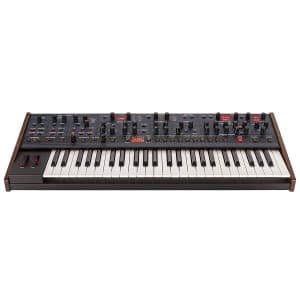

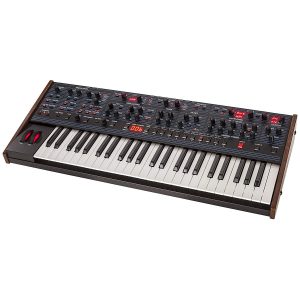
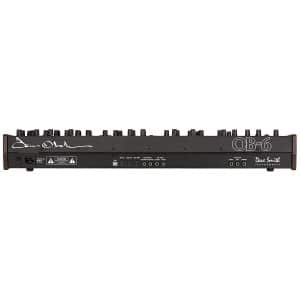
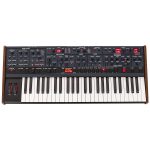

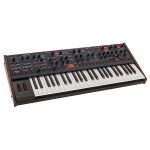

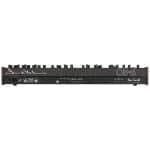
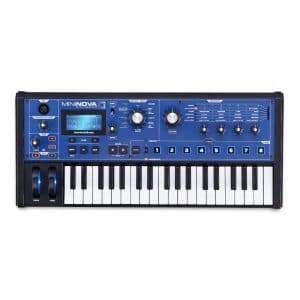
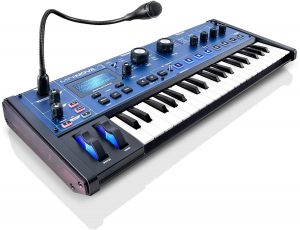


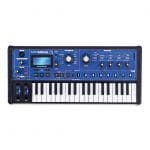
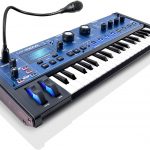
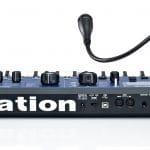
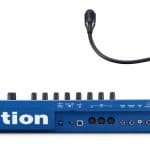
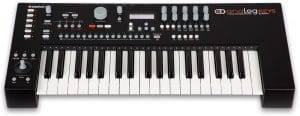


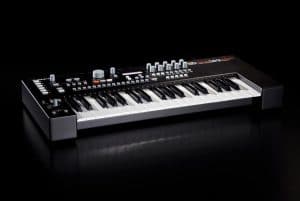




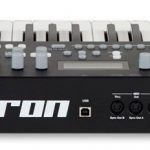
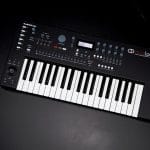

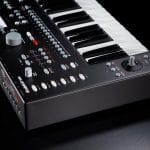
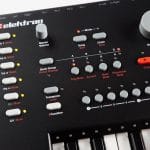
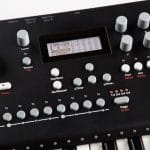



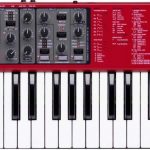
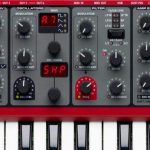
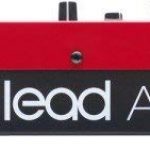
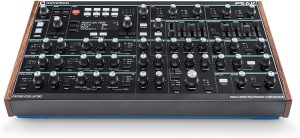
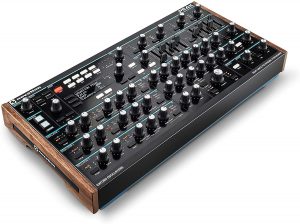



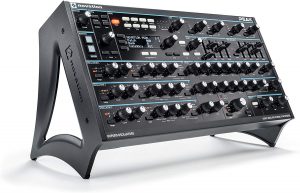
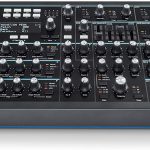

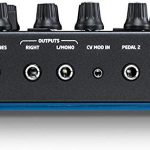
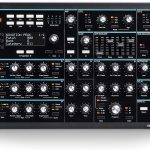
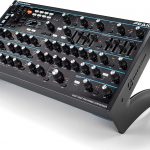
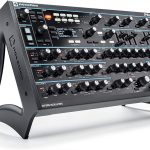

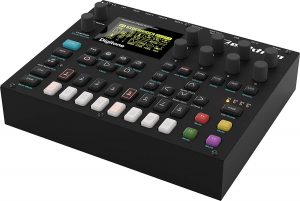

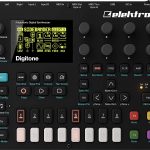

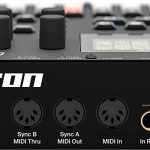











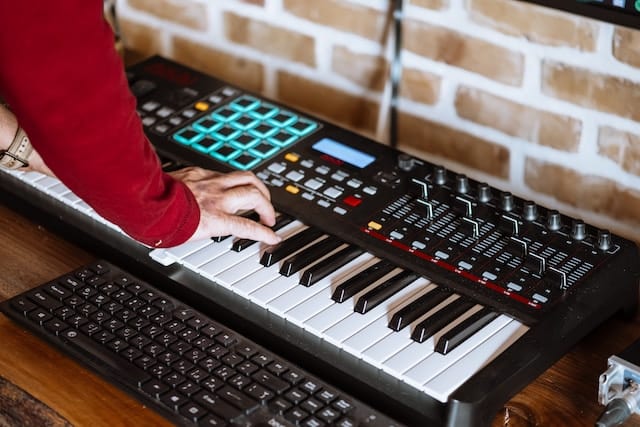



Hm, did you test the Hydrasynth?